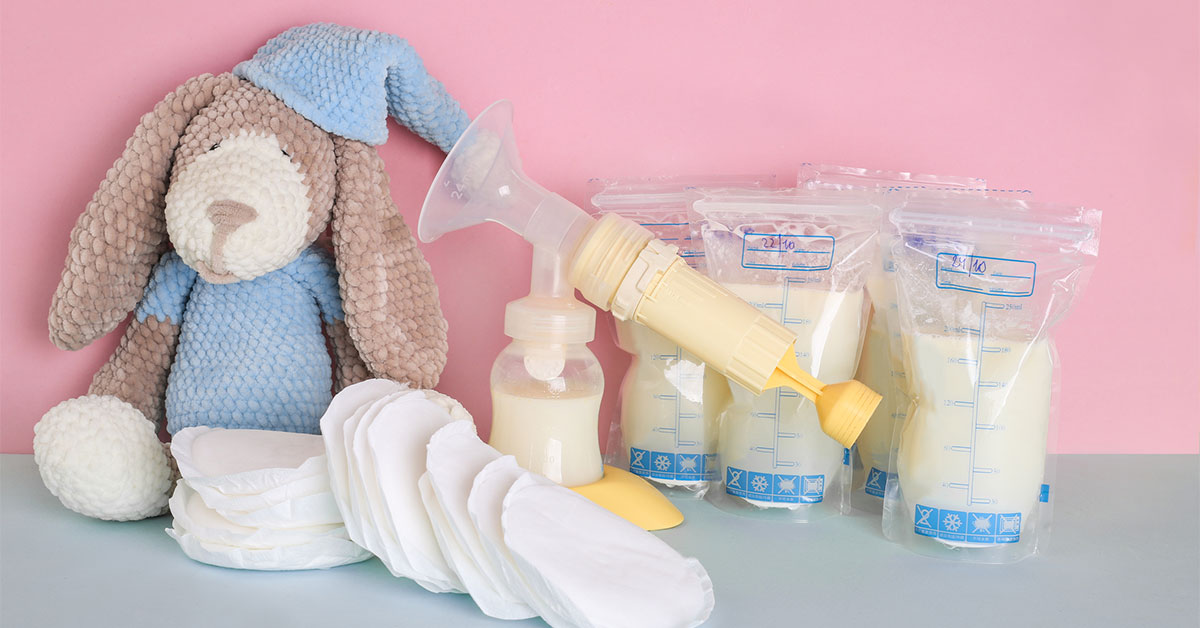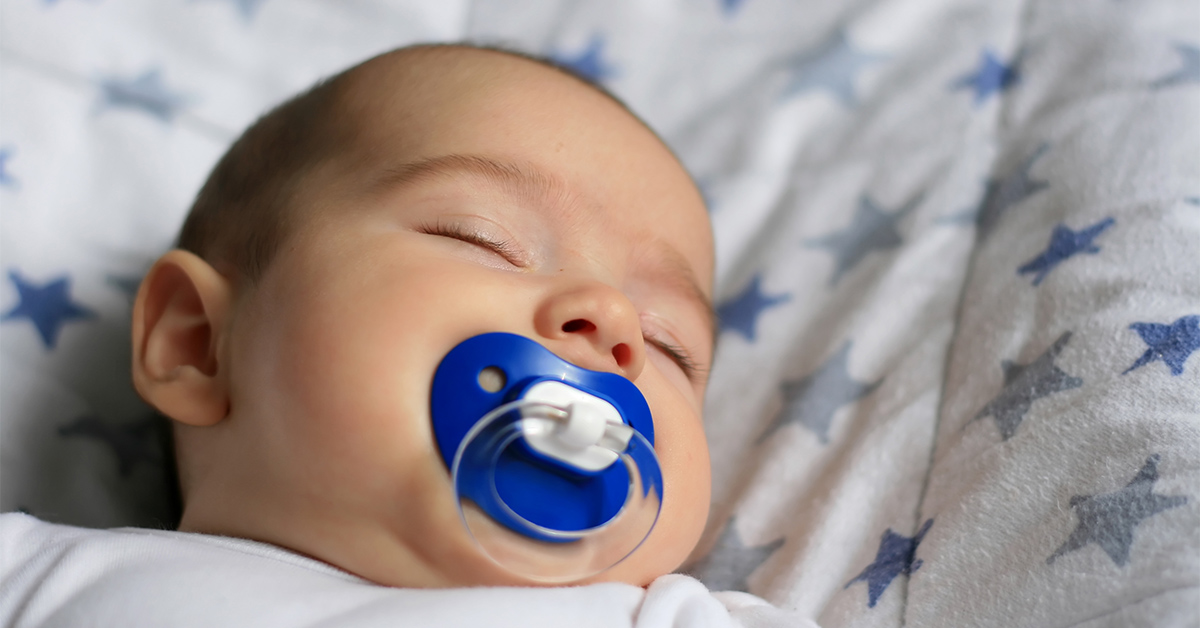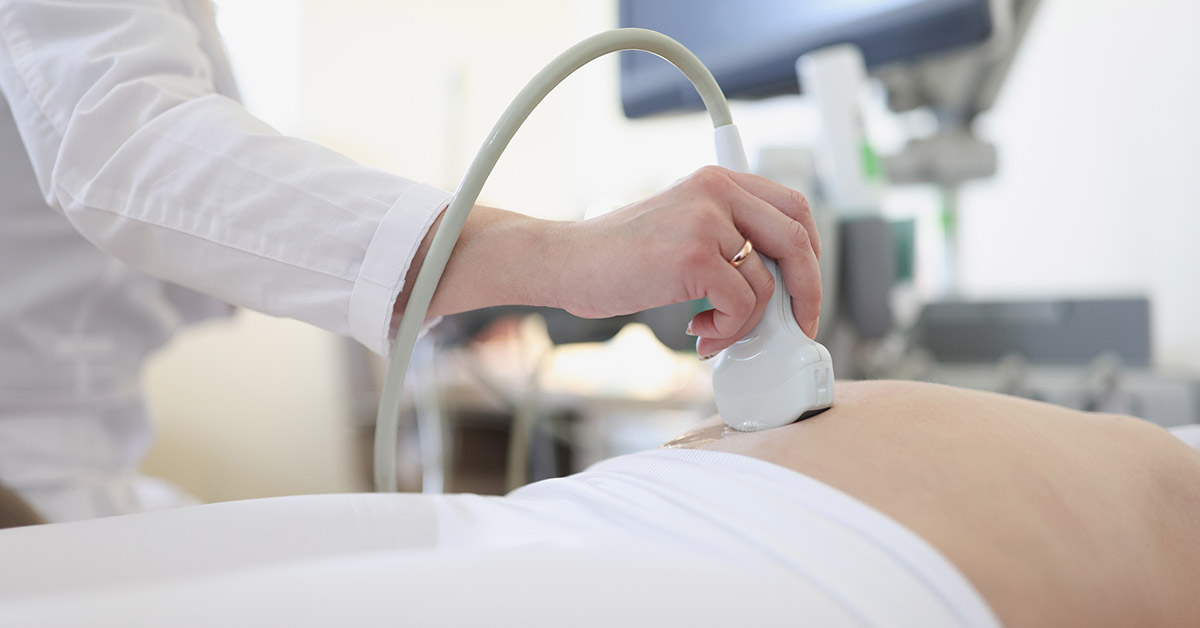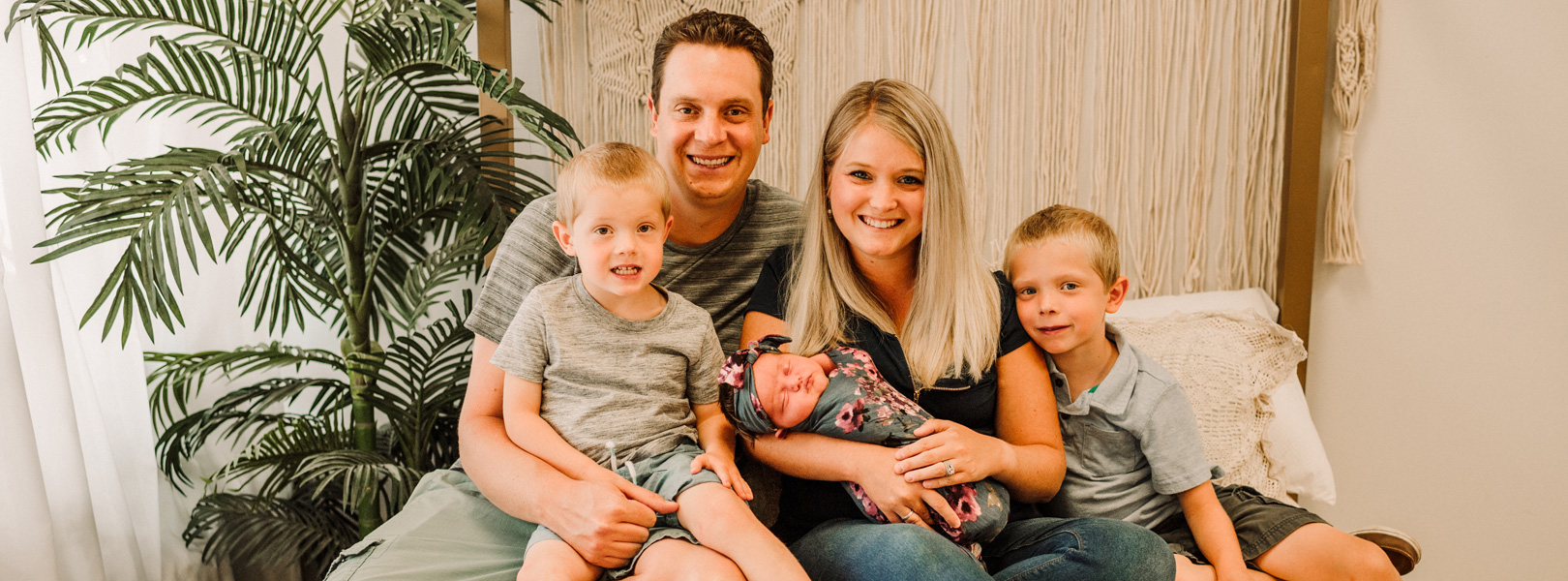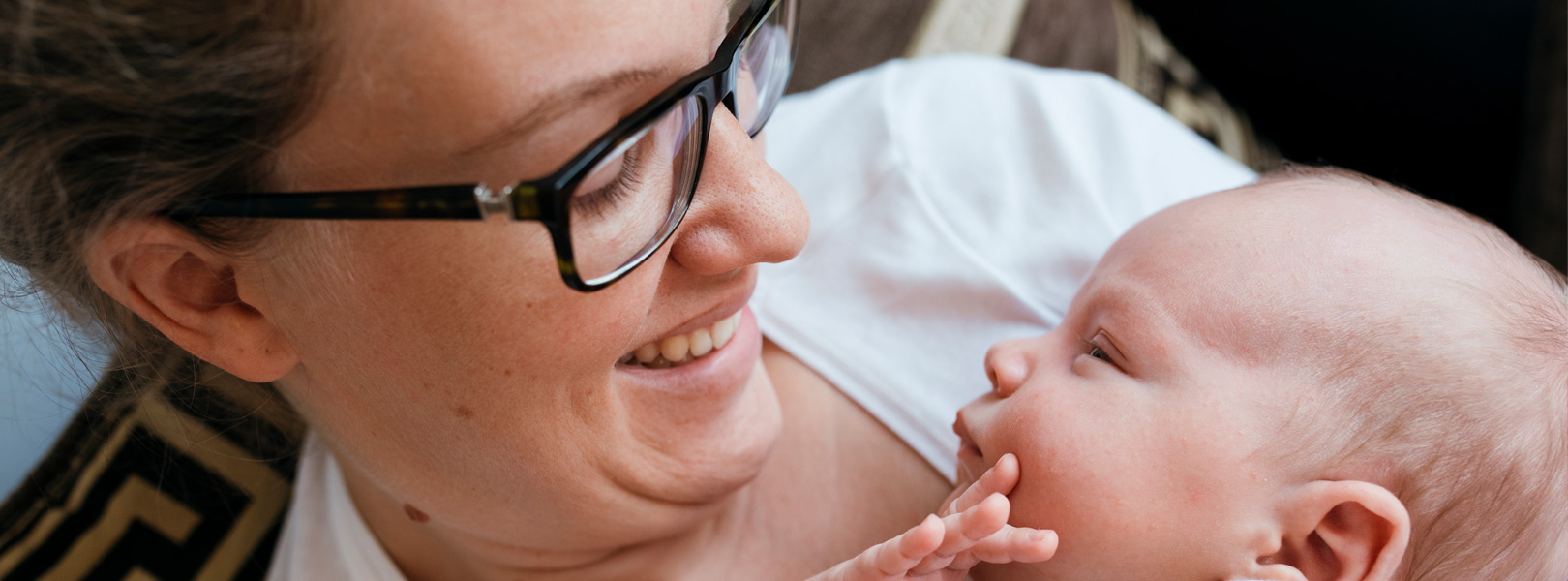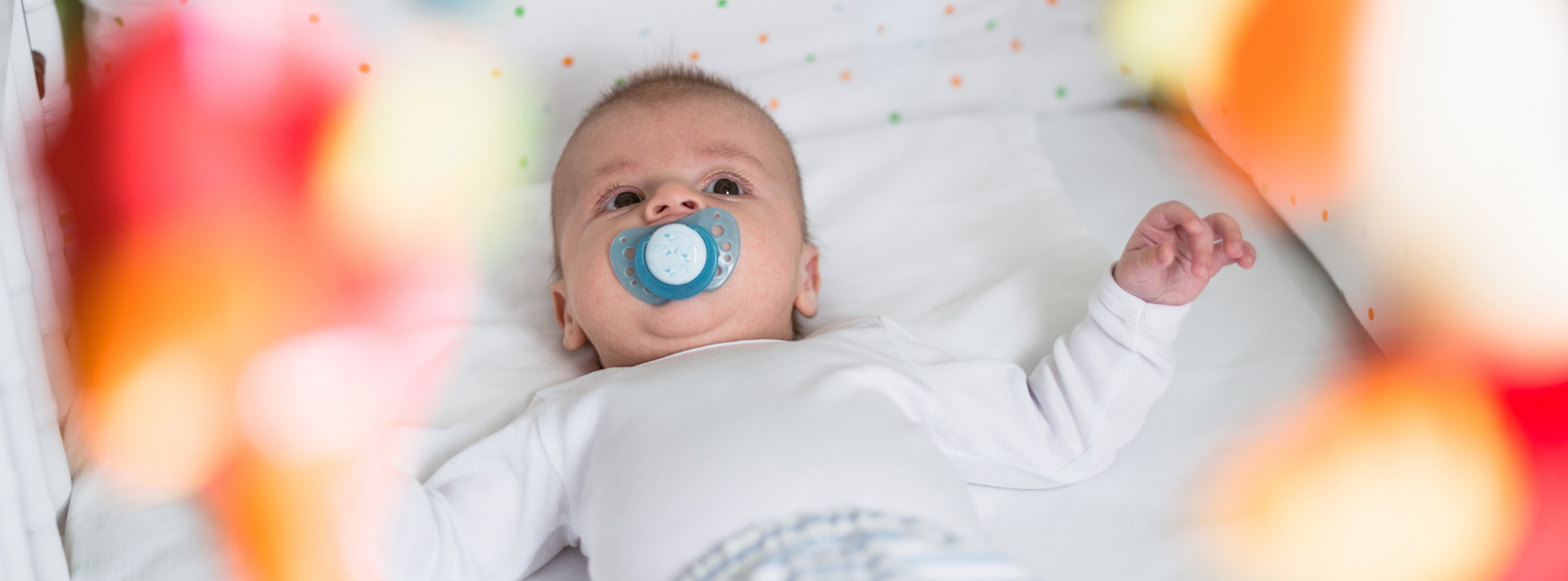For new mothers, breastfeeding can be both an overwhelming and incredible experience. With the bond that it creates between you and your baby, breastfeeding is one of the most special moments in a parent’s life. Yet no matter how rewarding the experience might be, finding the right position to feed your little one can sometimes become challenging for many mothers. Luckily, there are several positions that have been proven beneficial for successful breastfeeding – here are our top five breastfeeding positions.
Cradle position
The cradle hold is the most traditional breastfeeding position. In this position, you place the baby’s head in the crook of your elbow, and they lie horizontally across your body. Your hand supports their bottom. This position is ideal for older babies who have more neck control.
To get into this position, sit in a comfy chair or use pillows for support. Bring your baby to your breast by holding them close to your body, tummy-to-tummy with their chin resting on your breast. Adjust your baby’s head and body to have them face your nipple, and their body needs to be in a straight line so that their head and body are aligned while feeding.
- Benefits: The cradle hold helps in bonding with the baby and offers a comfortable breastfeeding position. It’s ideal for breastfeeding in public as it’s easy to do discreetly.
- Challenges: Cradle position is not recommended for newborns or babies with latching issues. It may strain your arms or back from holding your baby’s weight for extended periods.
- Tip: Make sure to bring the baby to your nipples and not the other way round.
Cross-cradle position
Cross-cradle is similar to the cradle position, but instead of supporting your baby with your arm on the same side as the breast you’re feeding from, you use the opposite arm. This position provides more control and makes latching easier.
To get into this position, place a pillow on your lap, and sit comfortably. Hold your baby with your arm on the opposite side of the breast you’ll feed from, making sure to support their head and neck with your hand. Make sure your baby’s ear, shoulder, and hip are aligned. Bring your baby to your nipple, and their chin should touch your breast and not tilt up or down.
- Benefits: Cross-cradle position offers more control, ideal for newborns or babies with latching issues. It supports the baby’s body while easing any muscle strain.
- Challenges: Cross-cradle can be tiring because of the arm and hand used to support the baby’s head.
- Tip: Use a nursing pillow for extra support.
Football hold
The football hold or clutch position involves holding the baby under the arm in a football-like position, with their legs tucked below your arm.
To get into this position, sit in a chair or use a breastfeeding pillow to elevate your baby to your breast. Tuck your baby under your arm on the side of the breast you’re going to feed from, supporting their head with your hand. Position your baby’s legs towards the back with their feet resting on a pillow, and their head should be at the level of your nipple.
- Benefits: The football hold is ideal for mothers who’ve had a c-section, as the baby won’t press against the incision or scar. It’s an excellent position for mothers of twins as it allows both babies to feed simultaneously.
- Challenges: The football hold can be uncomfortable for mothers with larger breasts or shorter arms.
- Tip: Use pillows or cushions to support your baby’s back.
Laid-back position
The laid-back position, also known as biological or instinctive breastfeeding position, allows you to relax, and it’s all about letting your baby find their way to your breast.
To get into this position, recline on a comfortable surface, making sure not to slouch. Adjust your baby’s body, so their belly is against your body, and their head is free to move around, then let them take the lead.
- Benefits: The laid-back position makes latching easier, it’s ideal for c-section or mothers with sore nipples, and it allows mothers to rest while breastfeeding.
- Challenges: The laid-back position may cause a let-down reflex too strong for the baby to handle.
- Tip: Place your baby’s cheek against your breast and let their instincts guide them.
Side-lying position
The side-lying position involves lying on your side while breastfeeding, and your baby is positioned on their side facing you, supported by pillows.
To get into this position, lie on your side and place a pillow behind you for support. Place your baby on their side, facing you, supported by pillows, and close enough to reach your breast comfortably. Use one arm to support your head, and the other hand to adjust your breast to your baby’s mouth.
- Benefits: The side-lying position is ideal for night feedings, allowing both you and your baby to rest while breastfeeding.
- Challenges: Side-lying position can be dangerous if you are too tired or you keep dozing off.
- Tip: use rolled towels or burp cloths to prop your baby’s head and body, making it easier to access your breast.
Breastfeeding is an essential part of your baby’s life, and learning the ideal breastfeeding positions can make all the difference. Try out each of these positions and find the one that suits you and your baby best. Remember to experiment with different pillows, cushions, and supports to make it more comfortable for you and your baby.
If you encounter challenges while breastfeeding your baby, seek assistance and guidance from a Welia Health lactation consultant or your healthcare provider. Remember, breastfeeding requires time, patience, and practice, so persevere and do not lose hope.



